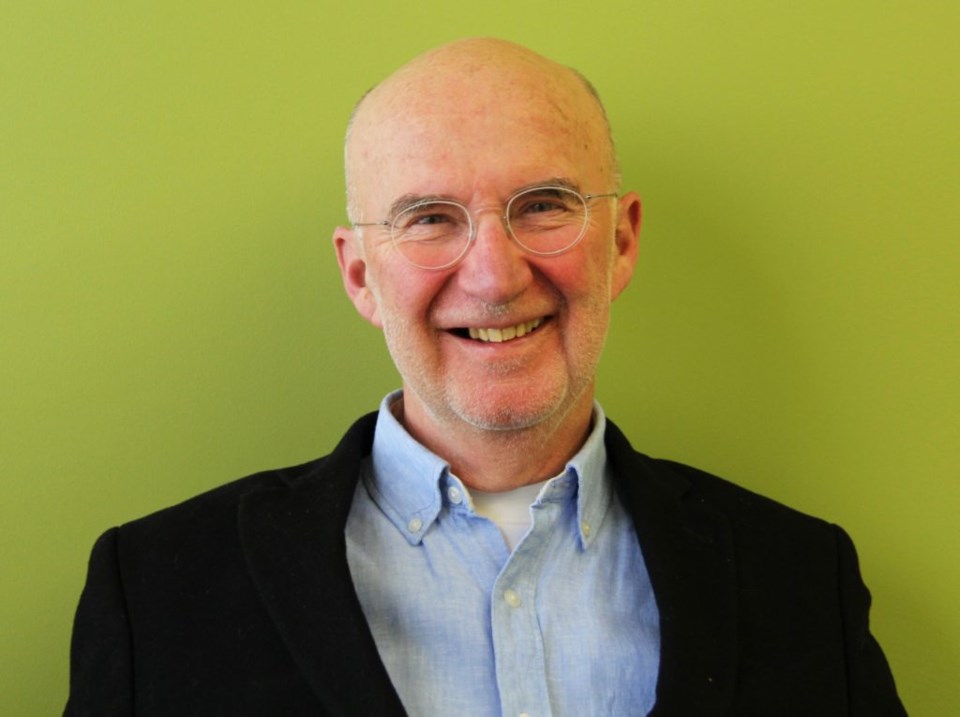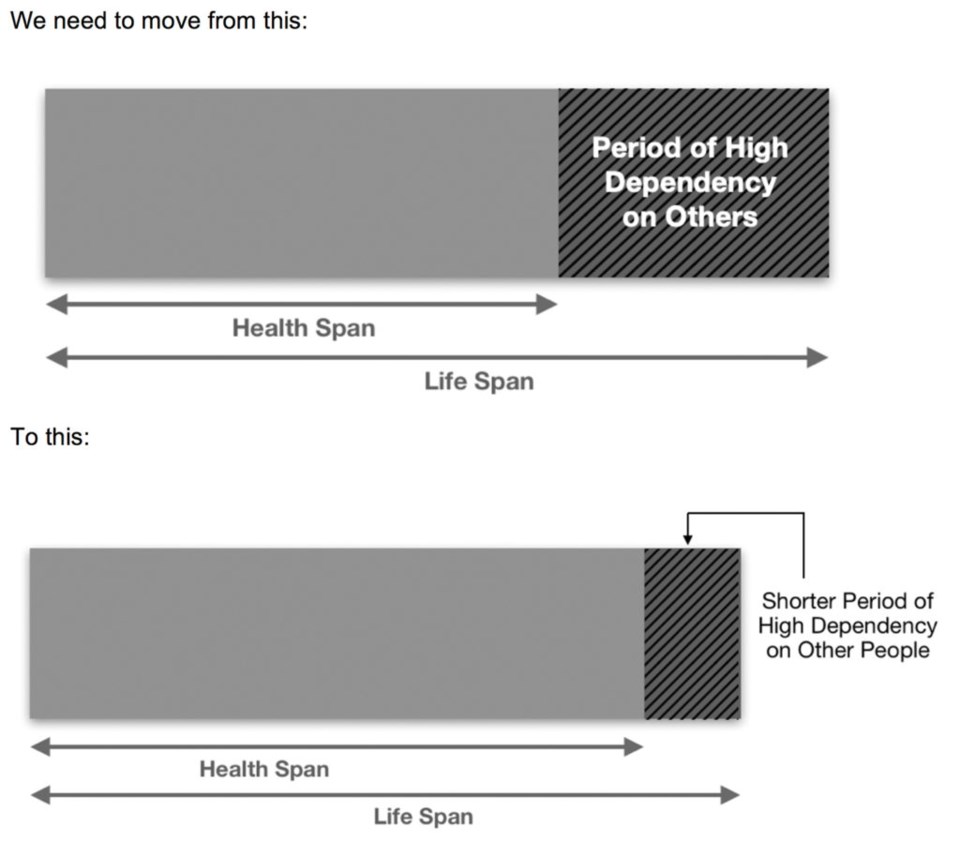
Both the Niagara-on-the-Lake committee reports, from the Economic Development Committee and the Community Wellness Committee, presented to council recently, identified an increased need of social support as a major local issue for individuals, families and the community within NOTL.
Extending health span and compressing morbidity could reduce this need for social support for the aging population in NOTL. If we all take action to reduce the fitness (physical and brain) gap, the need for social
support can be reduced by up to 20 per cent, as estimated by the newly established UK National Academy of Social Prescribing. Social prescribing involves helping people improve their health, wellbeing and social welfare by connecting them to their community.
Lifespan is a term that is familiar to many of us, but the term has gained a recent companion – health span. Health span refers to the number of years a person is able to enjoy good health and live independently without assistance from others. The mission of preventive services was primarily to increase lifespan and reduce its inequalities. More recently there has been a shift toward increasing health span and reducing its social inequalities.
To increase health span requires us to tackle both basic risk factors, including sleep deprivation, poverty, smoking, drugs and alcohol, inactivity and diet, and risk factors which are particularly important for people aged 60-plus. The aim of achieving five additional years of healthy life and reducing health span social inequality by 2035 is of the highest priority. However, the people who will benefit from such changes by 2035 are those currently in their 30s and 40s, who will not need social assistance for some time to come. For those currently aged 60 and beyond, focus on increasing health span and compressing morbidity will decrease dependency on social assistance within two years. This requires a new way of thinking about living longer, better.
Aging by itself is not a cause of major illness until the late 90s. Dependency and need for social support is often manifested through dementia, fragility, or a combination of both. These conditions occur as a result of three other processes:
• Loss of fitness, starting with prolonged inactivity at desk jobs and increasing in rate after the onset of long-term conditions, for example, type 2 diabetes, obesity and high blood pressure. This is principally because of beliefs about rest and lack of knowledge about what the Academy of Medical Royal Colleges calls: Exercise the Miracle Cure.
• Disease, often aggravated by accelerated loss of fitness.
• Negative beliefs and pessimistic attitudes.
The recommendations in the two NOTL committee reports call for a culture change, and for leadership to focus on new ways of approaching change, such as through changing NOTL’s housing options.
When speaking about housing for older adults, the terms ‘care’ and ‘retirement’ should be replaced with the terms ‘support’ and ‘renaissance’. Support is the more appropriate verb for what is needed. Renaissance characterizes the management of housing designed for older adults, that:
• Combines high quality housing options for older people with tailored support services;
• Allows residents to rent or own a property and to maintain their privacy and independence, with the reassurance of 24-hour on-site staff, communal facilities, and optional support as needed; and
• Creates communities or villages that provide extra support housing, housing-with-support, assisted living, close support apartments, or independent living settings. In Ontario, see Schlegel Villages for an example.
Renaissance communities need to be supported not only at the individual level, but through society as a whole, similar to how one would support those working against climate change or the Bruce Trail Conservancy. This will give a sense of purpose for these communities within NOTL, and be combined with activities such as cycling and walking competitions between renaissance communities to promote fitness.
Larry W. Chambers has authored 175 articles and books concerning disease prevention (e.g. dementia), quality improvement in long-term care homes and innovative approaches for continuing professional development. He is research director of the Niagara Regional Campus, School of Medicine, McMaster University. Eva Liu and Hanna Levy are medical students at the Niagara Regional Campus of the McMaster University School of Medicine. They are interested in improving community wellness of frail older adults in NOTL by narrowing the fitness (physical and brain) gap, diversifying housing options for older adults, and increasing economic activity within the community that also increases ability of our minds to interact with people and ideas.
